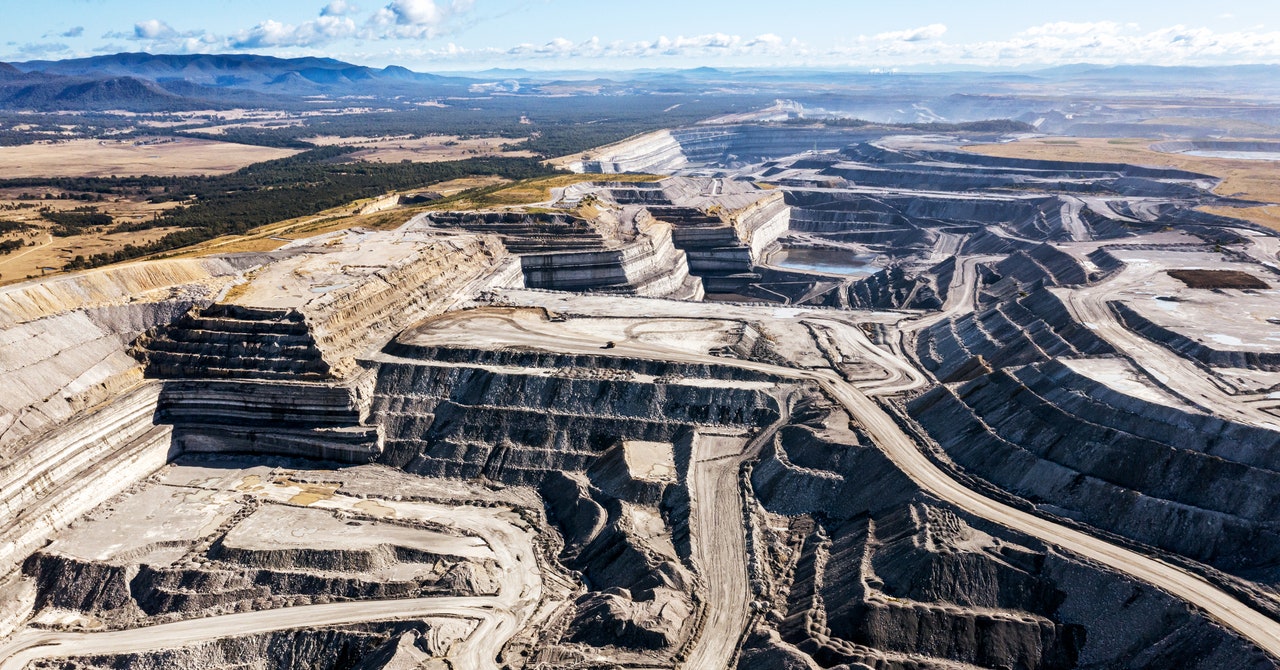
One of Labor’s election promises on energy and emissions is to strengthen the existing cap-and-trade system for big carbon emitters, known as the Safeguard Mechanism. Under this, big polluters are required to buy or surrender carbon credits to offset any direct emissions that exceed an agreed-to baseline. Labor’s plan is to reduce the emissions baselines for these emitters over time. “The government will then need to resist industry pressure to keep the ambition low,” Jotzo says, warning that industry will lobby hard for baselines to be eased.
This is exactly what happened under the coalition government after it set up this cap-and-trade scheme. Companies continually pushed for adjustments to their baselines, eventually resulting in a 32 percent increase in the emissions they were allowed to produce.
Another pillar of Labor’s election platform was its National Electric Vehicle Strategy. In 2020, less than 1.4 percent of all light vehicles sold in Australia were EVs, compared to around three-quarters of all light vehicles sold that year in Norway. Overall just 0.12 percent of all light vehicles in Australia are electric. Manufacturers such as Volkswagen have held off from entering the Australian market because of a lack of incentives for EVs.
So going into the election, Labor promised to remove import tariffs and lower taxes on some EVs, and to accelerate the rollout of charging infrastructure. But they haven’t gone far enough, Jotzo says. “They have not committed to do what in many countries is the single biggest driver of electric car uptake, and that is to introduce fleet-wide emission standards,” he says. Requiring all car manufacturers to meet emission targets across their entire range encourages massive investment in electric models to offset the emissions from petrol and diesel models.
But the biggest fly in Australia’s climate action ointment is its fossil fuel reserves—particularly coal and gas—and the question of how the country can safely and smoothly transition away from those both for domestic use and export.
“Because it’s an extractive resource, the government owns it, it generates royalties for the government, and renewables don’t do that,” says Samantha Hepburn, a professor and expert on mining and energy law at Deakin University in Melbourne. In contrast, renewable projects will generate very little income for the government. “When we talk about energy transition, I don’t think that phrase really captures it—it’s a revolution.”
Some progress on renewables was made during the coalition government. A long-running renewable energy target required large-scale energy producers to generate 33 terawatt-hours of renewable energy by 2020, and this was easily met in 2019. But the absence of a new target created a climate of uncertainty in the renewables sector that then saw a drop in investment in new projects.
Labor’s “Powering Australia” policy now promises to upgrade the grid to enable better integration of renewables, to invest in solar banks and community batteries across the country, and to deploy low-emission technologies.
But the current global gas crisis, precipitated by the Russian invasion of Ukraine, has plunged Australia into a world of energy misery largely of its own making. There are no export controls on its extensive east-coast gas reserves, which are now being sold at incredible prices on the international market, with none set aside for domestic use. Domestic gas prices have therefore skyrocketed, and there is not yet enough renewable energy to pick up the slack. Meanwhile, Australia’s aging network of coal-fired power stations has been steadily winding down over the past decade.


